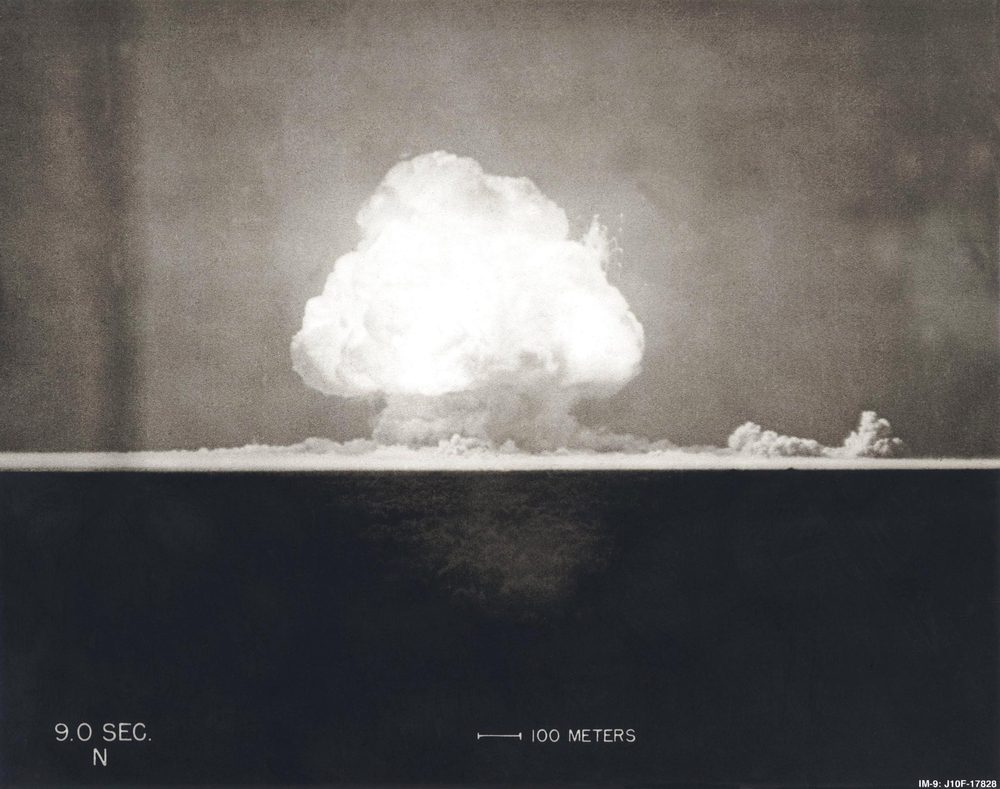In the early morning of July 16, 1945, the world’s first atomic bomb detonation ripped through the dusty deserts of New Mexico, shooting an 11,500-meter (~38,000-foot) mushroom cloud into the air. Amidst the untold destruction caused by the nuclear test, known as Trinity, the explosion also created something quite remarkable: “forbidden” quasicrystals that challenge some of the old assumptions about the atomic structure of matter.
In a study published in 2021, an international team of scientists documented the discovery of the never-before-seen type of quasicrystal.
“Until today we knew that natural quasicrystals formed under extreme conditions of temperature and pressure: the only two that have been documented, icosahedrite and decagonite, had been found, thanks to my previous research, in fragments of a meteorite that fell into the Koryak mountains, far east of Russia, about 15,000 years ago,” Luca Bindi, lead study author and professor at the Department of Earth Sciences at the University of Florence, said in a statement.
“The conditions under which the two quasicrystals had formed, probably in collisions between asteroids in space at the beginning of the solar system, are comparable to those produced in atomic explosions. This is why I decided to study the material formed in the Trinity test,” continued Bindi.

July 16, 1945: Photograph taken at 9 seconds after the initial Trinity detonation shows the Mushroom cloud in New Mexico. Image credit: Everett Collection/Shutterstock.com
The Trinity bomb test saw an atomic bomb being detonated atop a 33-meter (100-foot) steel tower. Subjected to an ungodly amount of heat energy, the sand in the crater below was fused into a green (and occasionally red) glass-like material known as trinitite.
Using a range of high-tech imaging techniques, the researchers looked at some of the samples of trinitite forged by the test. It revealed that the sample of trinitite contained strange metallic blobs that were made of an unknown composition of icosahedral quasicrystal, Si61Cu30Ca7Fe2.
Quasicrystals have previously been found in meteorites and synthesized in labs, but this was thought to be the first example of a human-made quasicrystal made by an atomic bomb explosion. The quasicrystal found in New Mexico has fivefold, threefold, and twofold symmetries, a pattern that violates the symmetry rules of normal crystals.
A typical crystal refers to a material that has atoms that are symmetrically ordered in a periodic, repeating pattern. In quasicrystals, however, the atoms are still ordered but the pattern is not repeated. This results in a bizarre asymmetric and non-repeating atomic structure that’s not seen in typical crystals and is known as “forbidden symmetry“.
Daniel Shechtman, an Israeli material scientist, first discovered quasicrystals in the 1980s. The work initially garnered criticism and even outright mockery, but it eventually landed him the 2011 Nobel Prize in chemistry. That’s one way to silence your haters.
An original version of this article was first published in May 2021.
Source Link: The World's First Atomic Bomb Blast Forged "Forbidden" Quasicrystals